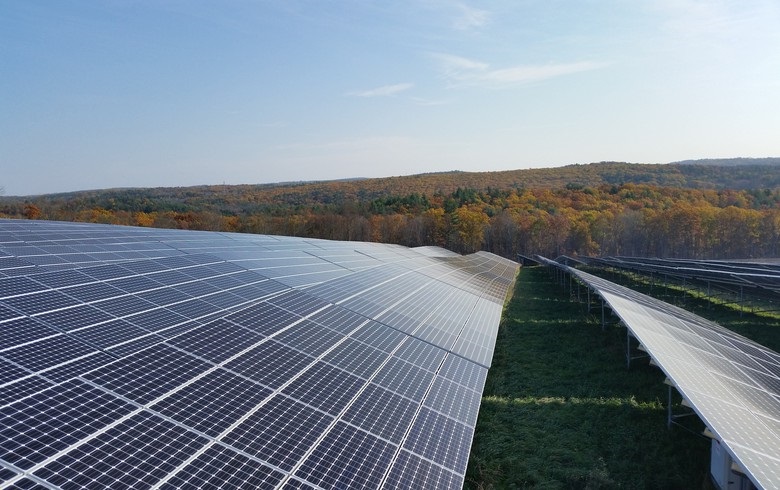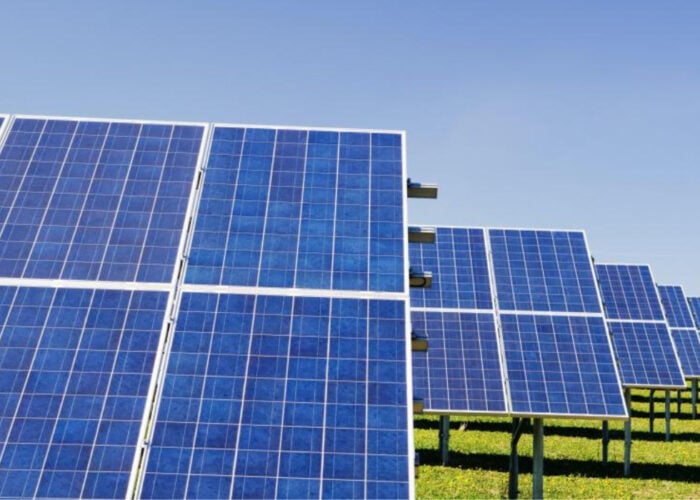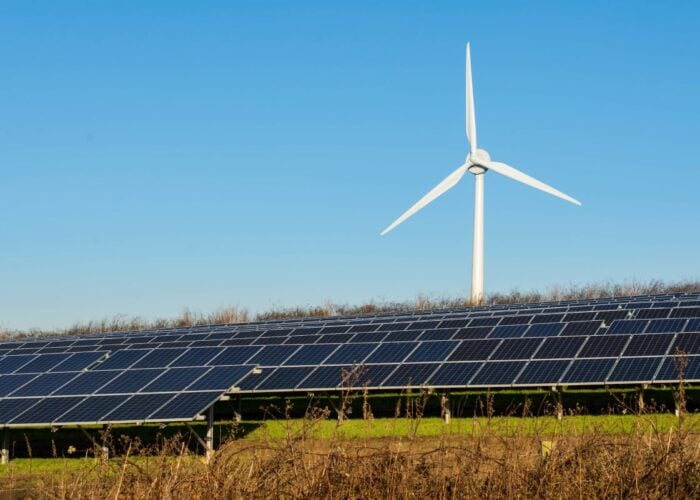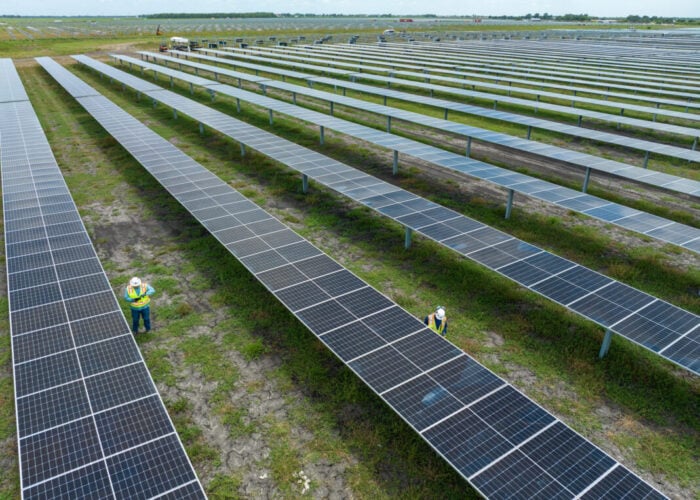
The US market shipped US$9.8 billion of modules in 2021, with the average dollar per watt value continuing to fall, according to the country’s Energy Information Agency (EIA).
It’s 2021 Annual Solar Photovoltaic Module Shipments Report, released 29 July, revealed that the US had nearly 29 million module shipments in 2021, up from 21 million in 2020, and representing an enormous rise from 2010 when the figure stood at just 2.6 million.
Unlock unlimited access for 12 whole months of distinctive global analysis
Photovoltaics International is now included.
- Regular insight and analysis of the industry’s biggest developments
- In-depth interviews with the industry’s leading figures
- Unlimited digital access to the PV Tech Power journal catalogue
- Unlimited digital access to the Photovoltaics International journal catalogue
- Access to more than 1,000 technical papers
- Discounts on Solar Media’s portfolio of events, in-person and virtual
Over the same period, the average value per watt of PV modules has also plummeted. In 2010, the average value of PV modules was US$1.96/W, with this steadily falling to US$0.38/W in 2020 and US$0.34/W in 2021.
Last year’s fall came despite acute pressure on the solar supply chain, with material price hikes, logistical issues and geopolitical events all causing upwards pressure on module prices. In July, modules prices rose for the first time months but this was not enough to cause an overall annual increase, according to EIA data.
The agency’s data showed that more than four million modules were manufactured in the US during 2021, with almost 23 million imported from abroad. Export shipments made up roughly 1.1 million modules, while 119,936 were purchased from US original equipment manufacturers (OEM).
It should be noted however, that the EIA said fewer companies were now responding to its surveys “because of company consolidation and changes to strategic planning of companies in the US solar PV industry.”
“As a result of fewer survey respondents, the data tables in the 2021 report are less detailed than in past reports to protect the confidentiality of the individual company-level data,” the EIA said, adding that data can no longer be published for the specific types of PV cells and modules, or by region.
In October 2021, EIA data showed that US renewables production reached an all-time high in the first half of that year, with solar generation rising by almost 25%.







